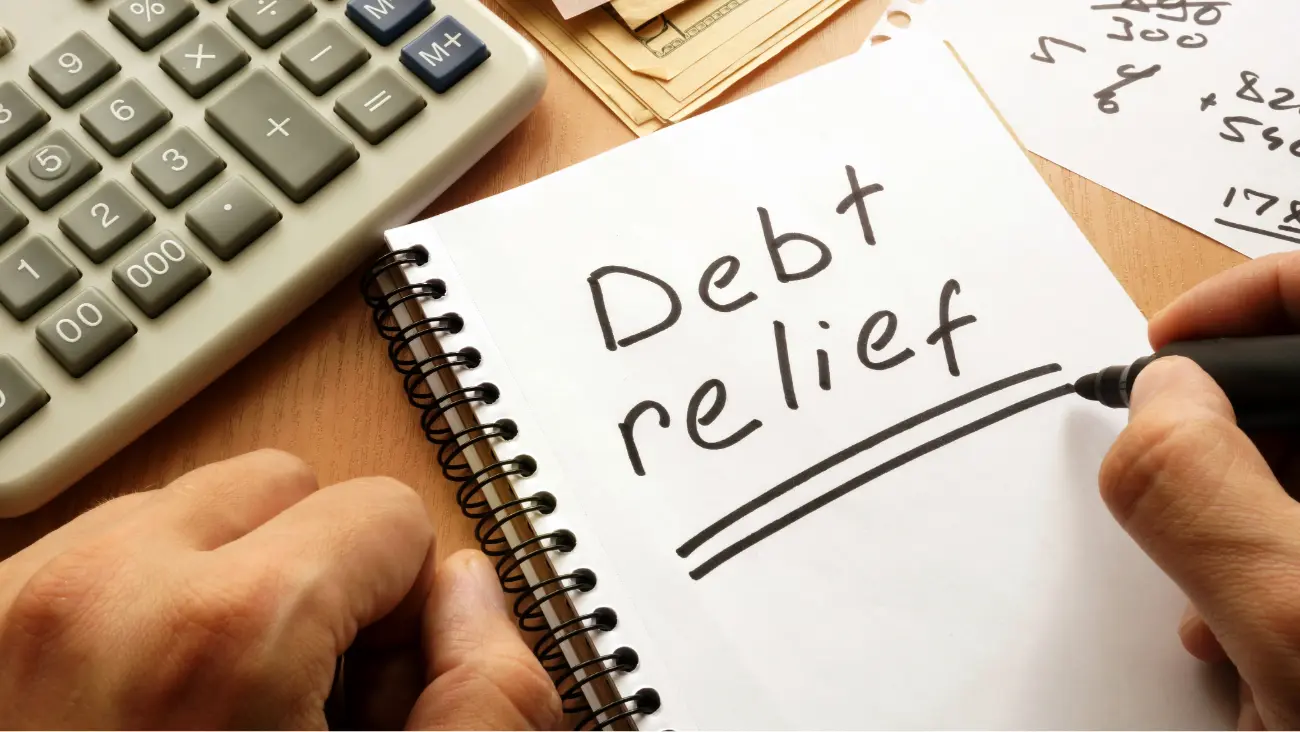With housing demand stronger than ever, the spring home-buying and selling season is already shaping up hot.
One in five homeowners say they plan to sell their current home in the next 12 months, according to a recent Coldwell Banker Real Estate survey. This, coupled with the stimulus package that aims to help boost the economy and bring back an expected 10 million jobs over the next two years, means more and more Americans are going to be in a better position to buy a home.
A report from Moody’s Economist Mark Zandi shows the American Rescue Plan is expected to create 7.5 million jobs in 2021 and 2.5 million in 2022. With this additional economic support, real GDP growth can be robust at nearly 8% this year and almost 4% next year, bringing the economy back to almost full employment by fall 2022, according to Zandi.
As jobs increase and interest rates remain low, the pressure on the housing market continues to increase as more Americans turn their sights to homeownership.
Be Prepared When You Go to Buy A Home
Here are steps you can take to help make sure you are in the best position to access the best mortgage rates available when you decide to buy a home.
1. Check Your Credit Report and Scores
In order to see if you qualify to buy a home, future borrowers can check their credit report and scores to see where they are at by using a credit report monitoring service. These services can provide current credit scores as well as score simulators to help determine how to positively impact these scores. Things like paying down credit cards and removing any inaccuracies on your credit report can help you reach your credit goals.
2. Figure Out Your DTI
A borrower must determine what their current debt-to-income (DTI) ratio is by counting their monthly payments against their monthly income. Most mortgage loans require a borrower’s DTI not to surpass 43%.
3. Save Money
Down payments start at 3% of the price of the home for some first-time homebuyers. Repeat buyers can get a conventional loan for as little as 5% down. Borrowers also need to consider closing costs, which can average about 3% to 5% of the loan cost.
4. Determine Your Budget
Using all these factors as a guide, borrowers can then determine how much home they can afford and what their budget is for monthly payments and other expenses.
Buying a new home is a huge step and one that involves careful consideration. Make sure you’re prepared as you start your home-buying journey.











